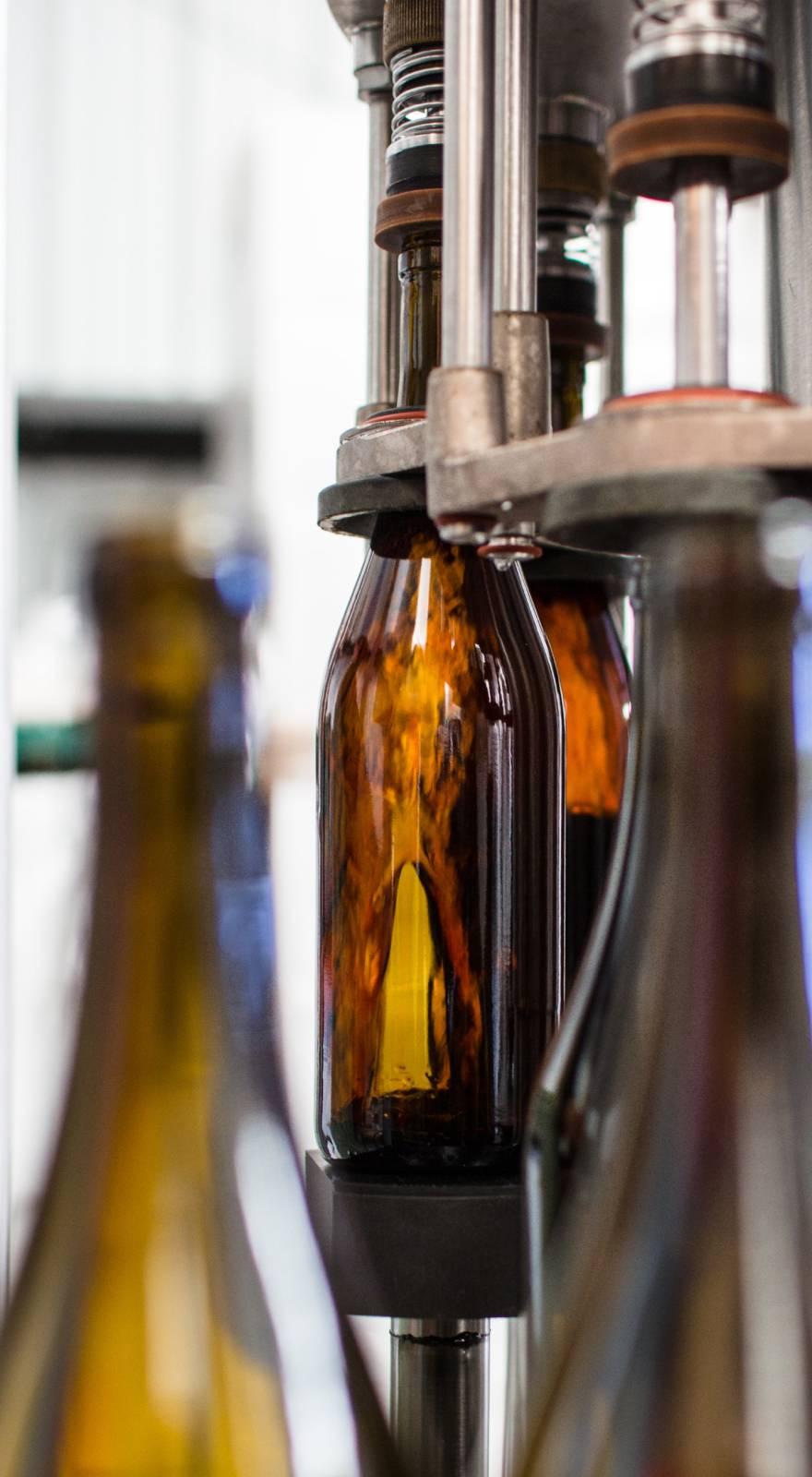Knowde Enhanced TDS
Identification & Functionality
- Chemical Family
- Plastics & Elastomers Functions
- Technologies
- Product Families
- Additive Type
Fluoroelastomer
Features & Benefits
- Labeling Claims
- Materials Features
- Product Highlights
- Reduces melt fracture
- Increases machine thruputs
- Savings in raw material costs
Applications & Uses
- Plastics & Elastomers End Uses
- Plastics & Elastomers Processing Methods
Properties
- Physical Form
- Carrier Resin Data
- Concentrate Data
| Value | Units | Test Method / Conditions | |
| Density | 0.924 | g/cm³ | ASTM D792 |
| Melt Flow | 2 | g/10 min | ASTM D1238 |
| Type | LLDPE | — | — |
| Value | Units | Test Method / Conditions | |
| Additive Loading | 2 | % | Internal |
| Melt Flow | 3 | g/10 min | ASTM D1238 |
| Pellet Weight | 60 | Pellets/gm | Internal |
Regulatory & Compliance
- Certifications & Compliance
- Regulatory Data
- FDA: The components in this product comply with the following sections of Title 21, Code of Federal Regulations (21CFR):
- 174.5 177.1520
- CONEG: The components of this product are compliant with the current requirements issued by the Coalition of North Eastern Governors (CONEG) requiring less than 100 PPM total in the final product packaging.
- FDA: The components in this product comply with the following sections of Title 21, Code of Federal Regulations (21CFR):

